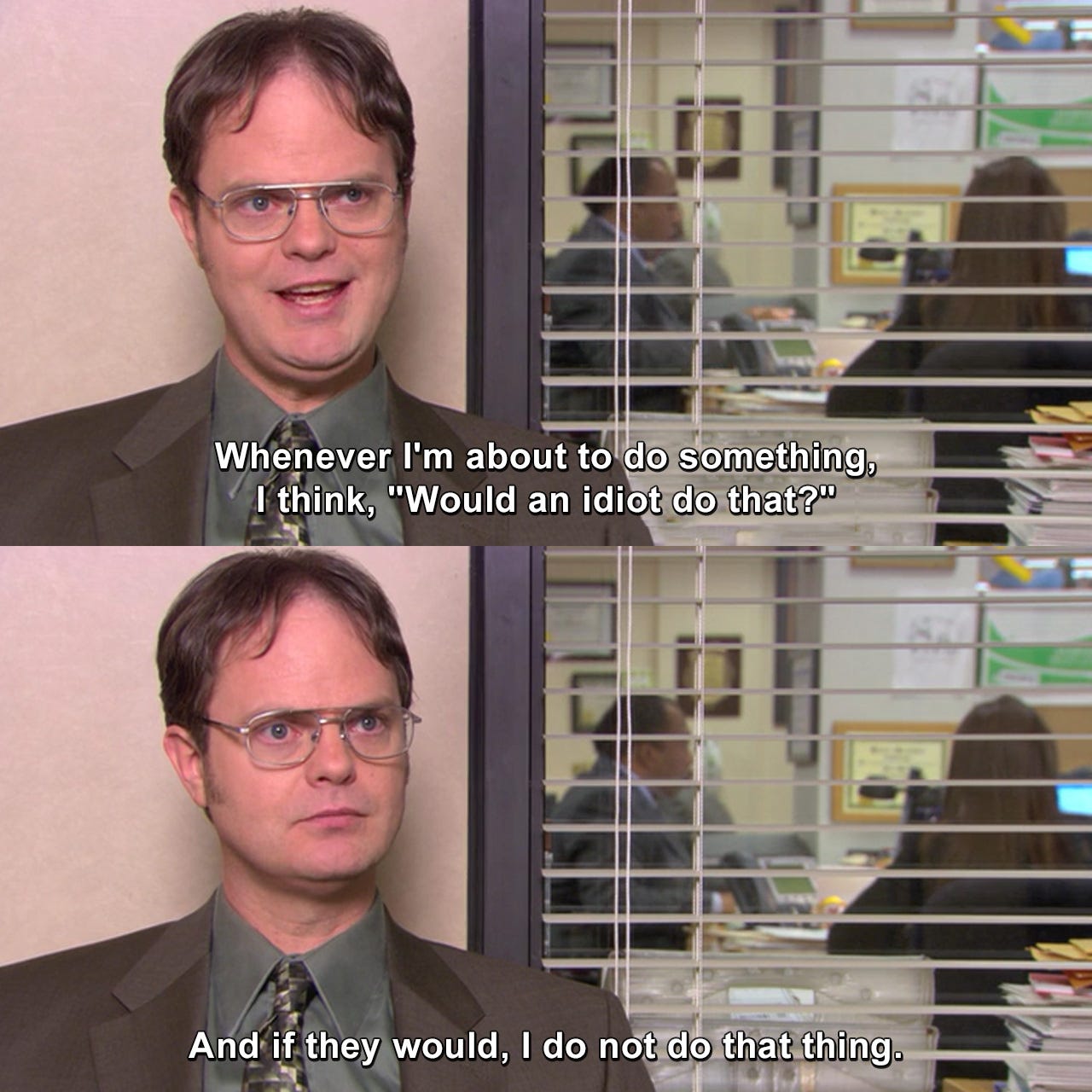Leveraging Clear Thinking for Optimized Results
Making better decisions: lessons from Shane Parrish
CONTEXT
If you're anything like me, you thrive on the energy of the tech world – the innovation, the fast pace, so much to learn, to contribute, the potential to build something amazing… But let's be honest, sometimes it feels like I'm drowning in a sea of tasks, bouncing from meeting to meeting, and still feeling like I'm not making enough progress. Putting out fires becomes the default, and my personal life and strategic thinking take a backseat before I realize it. I'm driven, but I'm also overwhelmed. Sound familiar?
Learning to navigate chaos is an ongoing process, but making consistent strides in the right direction was life-changing. It allowed me to prioritize my health and personal life, take on passion projects (like this one <3), while keeping good productivity levels in a demanding work environment.
There are many ways to approach this, but most will include clearer thinking and better decisions. For that, there is no need to reinvent the wheel. This is where Clear Thinking: Turning Ordinary Moments Into Extraordinary Results by Shane Parrish comes in handy. He combines known concepts and structures them into a practical framework. Let's dig into it:
METHODOLOGY
1. The Power of Creating Space to Think
Concept: Create a deliberate pause between stimulus and response. This space allows you to override emotional or instinctive reactions. Most people do this for big decisions, but most of our lives are composed of small choices we make automatically. Allowing some space between stimulus and response can be transformative - and for me, it's one of the most significant advantages of remote/async work.
Example: Imagine receiving harsh feedback from your manager. Instead of reacting defensively, take a moment to process the critique objectively. Ask yourself: What part of this feedback is actionable? This pause can turn a potentially damaging interaction into an opportunity for growth. Adjust and reply accordingly.
2. Building a “Personal Board of Advisors”
Concept: Assemble an imaginary group of trusted advisors—real, historical, or fictional—to consult during decision-making.
Example: If you're deciding whether to pivot your product or make a significant career change, imagine how that person you admire, your mentor might approach the problem, or even famous people like Steve Jobs (innovation-focused) or Warren Buffett (risk-averse) would approach it. What would Steve Jobs prioritize? How would Warren Buffett assess risk? This exercise broadens your perspective and reduces bias.
3. Mastering Ordinary Moments
Concept: Success often hinges on handling routine interactions rather than grand decisions. Handling ordinary everyday interactions with clarity and intention compounds over time to define our trajectory, having a more significant long-term impact than isolated major decisions.
Example: Treat every stand-up meeting as an opportunity to clarify priorities and align your team. A simple question like, "What’s the one thing we must accomplish today?” can transform productivity.
4. Avoiding Loss Before Chasing Wins
Concept: Minimizing potential mistakes is often more impactful than aggressively pursuing gains when resources are limited, or risks are disproportionately high. It's about securing your foundation and avoiding unforced errors to build greater confidence and resilience. This doesn't mean avoiding all risks; it means being selective and calculated in your pursuits to ensure long-term sustainability.
Example: Instead of rushing to scale a new product feature (a common growth-oriented mindset), Parrish’s approach would first ensure that existing features are stable and user feedback is fully integrated.
5. Defining What Truly Matters
Concept: Clear thinking requires clarity about your values and goals. Without this foundation, even well-reasoned decisions may lead to dissatisfaction.
Example: Before joining a new company, ask yourself: Does the company’s culture align with my personal values, priorities and work style? This reflection can help ensure that your professional environment supports your well-being and career fulfillment.
CLOSING THOUGHTS
Shane Parrish’s Clear Thinking is a manual for leveraging mental clarity in professional and personal contexts. For employees and entrepreneurs alike, its lessons are particularly relevant: the ability to think clearly in ordinary moments can determine success or failure in high-pressure environments. By creating space to think, consulting diverse perspectives, and focusing on what matters, you can transform reactive habits into intentional actions and shape a life you truly value.
Which of these principles will you apply? Start small—pick one concept and integrate it into your next decision-making process.
RESOURCES SHOUT OUT
Shane Parrish is a bestselling author, podcaster, and global reference in decision-making. His podcast, The Knowledge Project, interviews high performers who reveal actionable wisdom.
https://www.amazon.com.br/dp/0593086112?keywords=clear%20thinking&geniuslink=true



